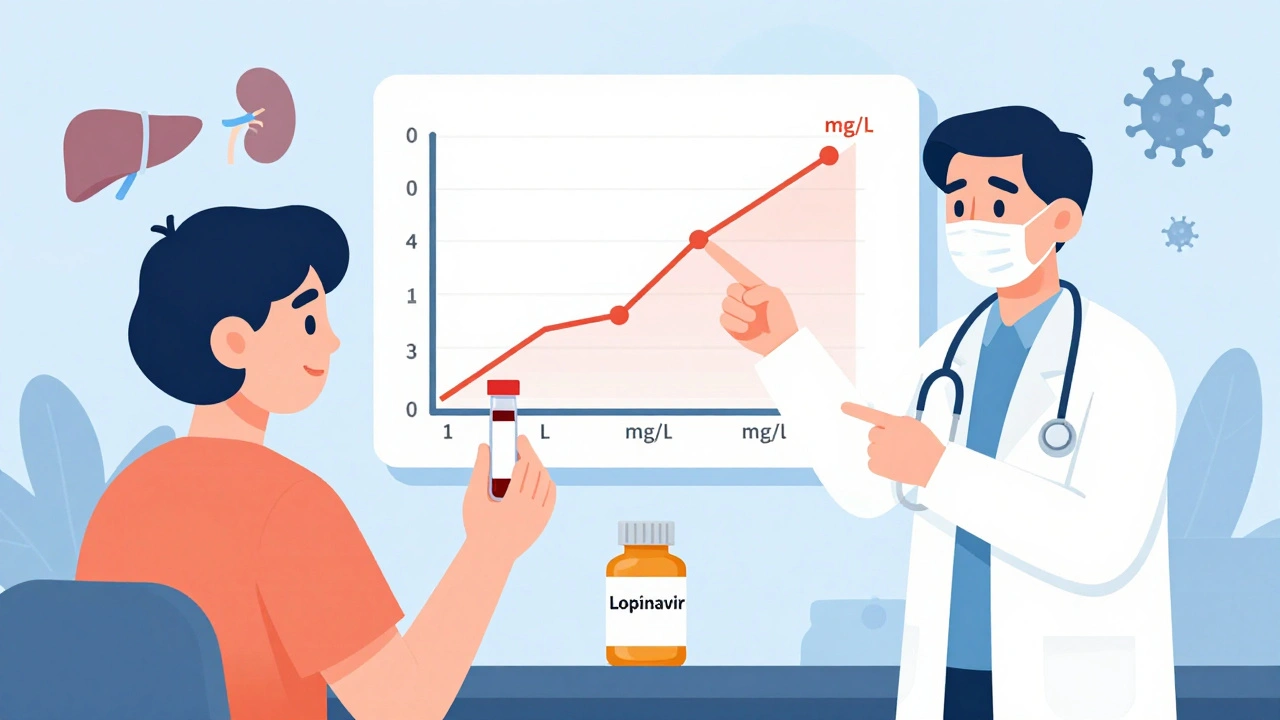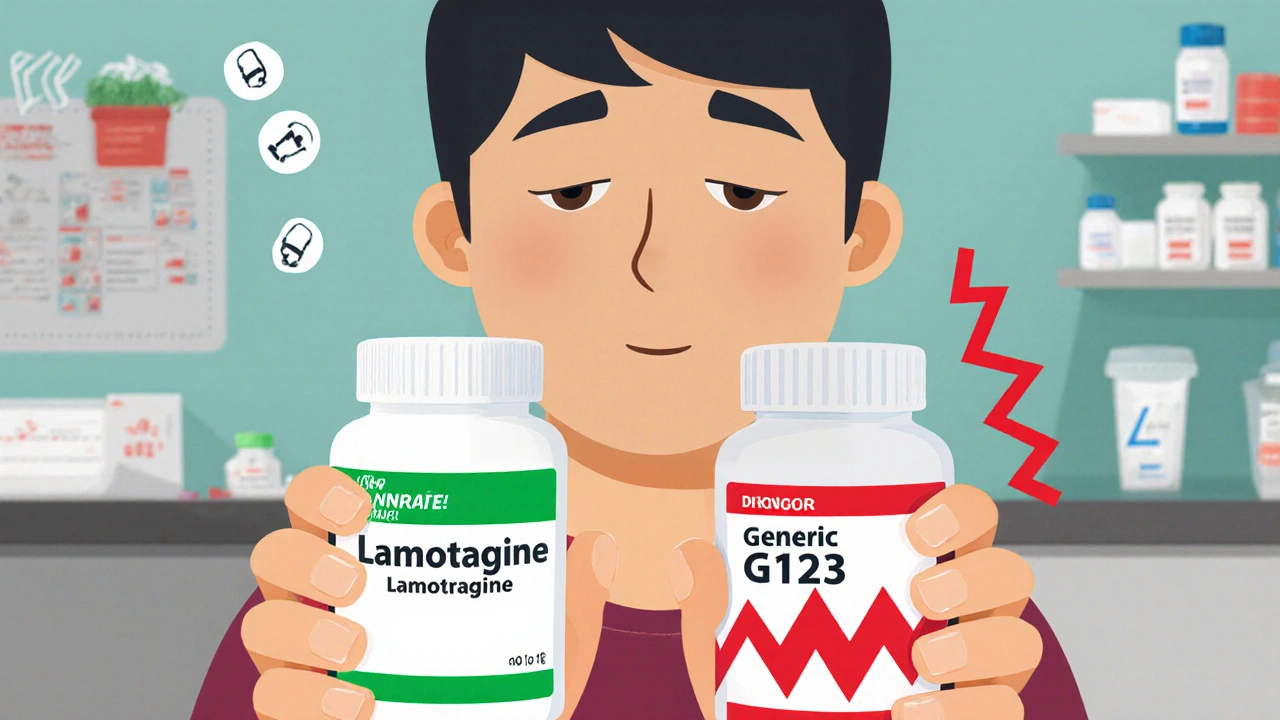Narrow Therapeutic Index: What It Means and Why It Matters for Your Medications
When a drug has a narrow therapeutic index, a small difference between the dose that works and the dose that causes harm. Also known as NTI drugs, these medications leave almost no room for error—take too little and they don’t work; take too much and you risk serious toxicity. This isn’t just a technical detail. For people taking drugs like warfarin or levothyroxine, getting the dose wrong can mean a stroke, a blood clot, or even death.
That’s why generic substitution, the practice of swapping a brand-name drug for a cheaper generic version. Also known as bioequivalent switching, it’s not always safe with NTI drugs. Even small differences in how a generic is made—like how fast it dissolves or how it’s absorbed—can throw off blood levels. That’s why 27 states have laws blocking pharmacists from substituting generics for NTI drugs without a doctor’s okay. Drugs like warfarin, levothyroxine, phenytoin, and cyclosporine are on that list because their margins are razor-thin.
And it’s not just about generics. Things like grapefruit juice, other meds you’re taking, or even changes in your diet can affect how NTI drugs work. A study showed that switching levothyroxine brands—even ones labeled "bioequivalent"—led to abnormal thyroid levels in nearly 30% of patients. That’s why doctors often insist you stick with the same brand, same pharmacy, same batch. Your body gets used to the exact way a drug behaves, and even tiny shifts can mess with your health.
These drugs aren’t rare. Millions of people rely on them daily. But most don’t know how fragile their balance is. You might think all pills with the same name are the same. They’re not. With NTI drugs, the difference between safe and dangerous can be as small as a single milligram. That’s why tracking your meds, knowing your exact dose, and asking your pharmacist about substitutions isn’t just smart—it’s life-saving.
Below, you’ll find real-world guides on how to handle these high-risk medications: which states protect you from unsafe swaps, what to do if your prescription changes, how to spot signs of toxicity, and which alternatives might be safer. This isn’t theory. It’s what you need to know to stay in control of your health.
Therapeutic drug monitoring helps ensure generic antiretroviral drugs with narrow therapeutic indexes work safely and effectively. Learn when TDM is critical, which drugs it applies to, and how to use it wisely to prevent treatment failure and toxicity.
Dec, 10 2025
Generic antiseizure medications can save money, but for narrow therapeutic index drugs like lamotrigine and carbamazepine, even small changes in formulation can trigger seizures. Learn the risks, who's most vulnerable, and how to protect yourself.
Nov, 17 2025


